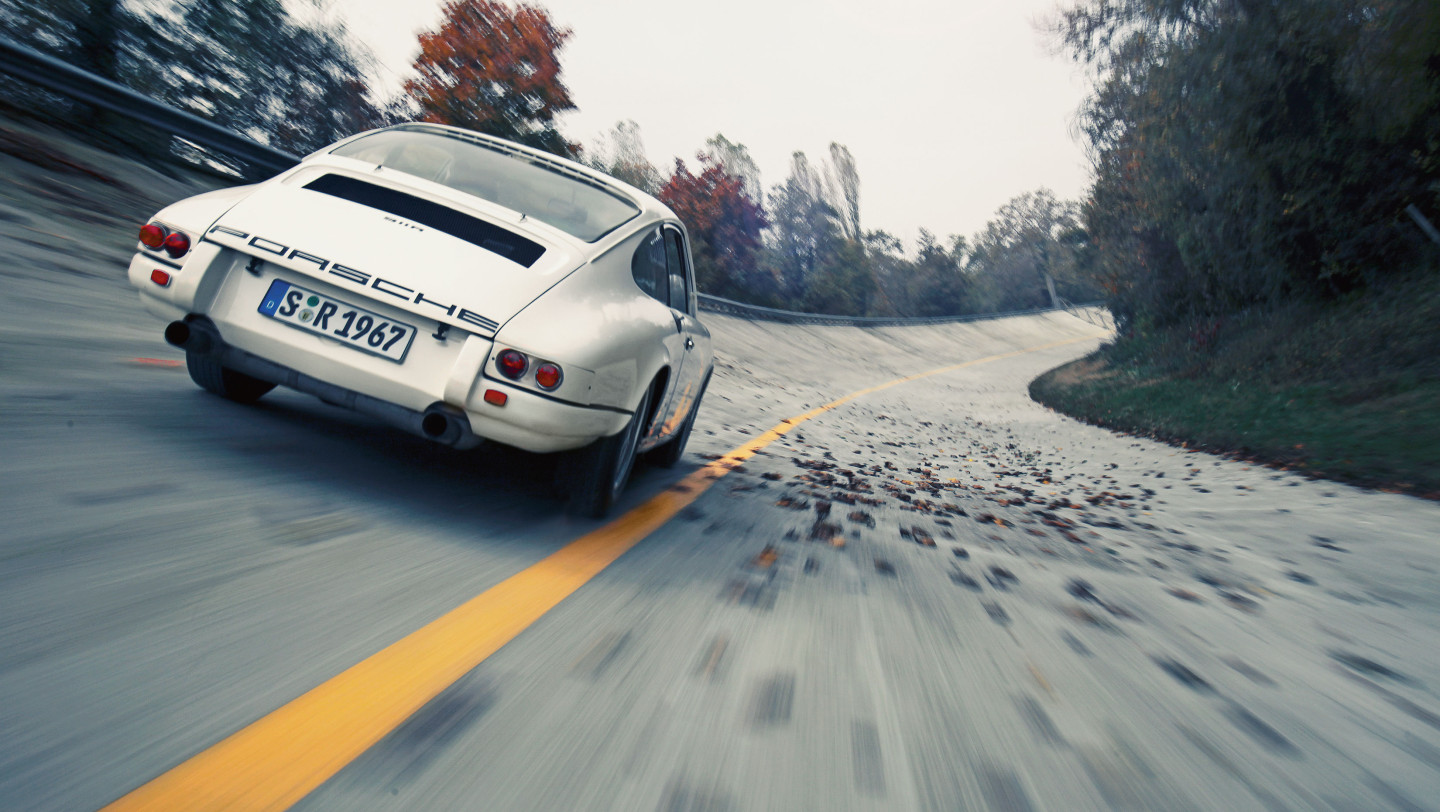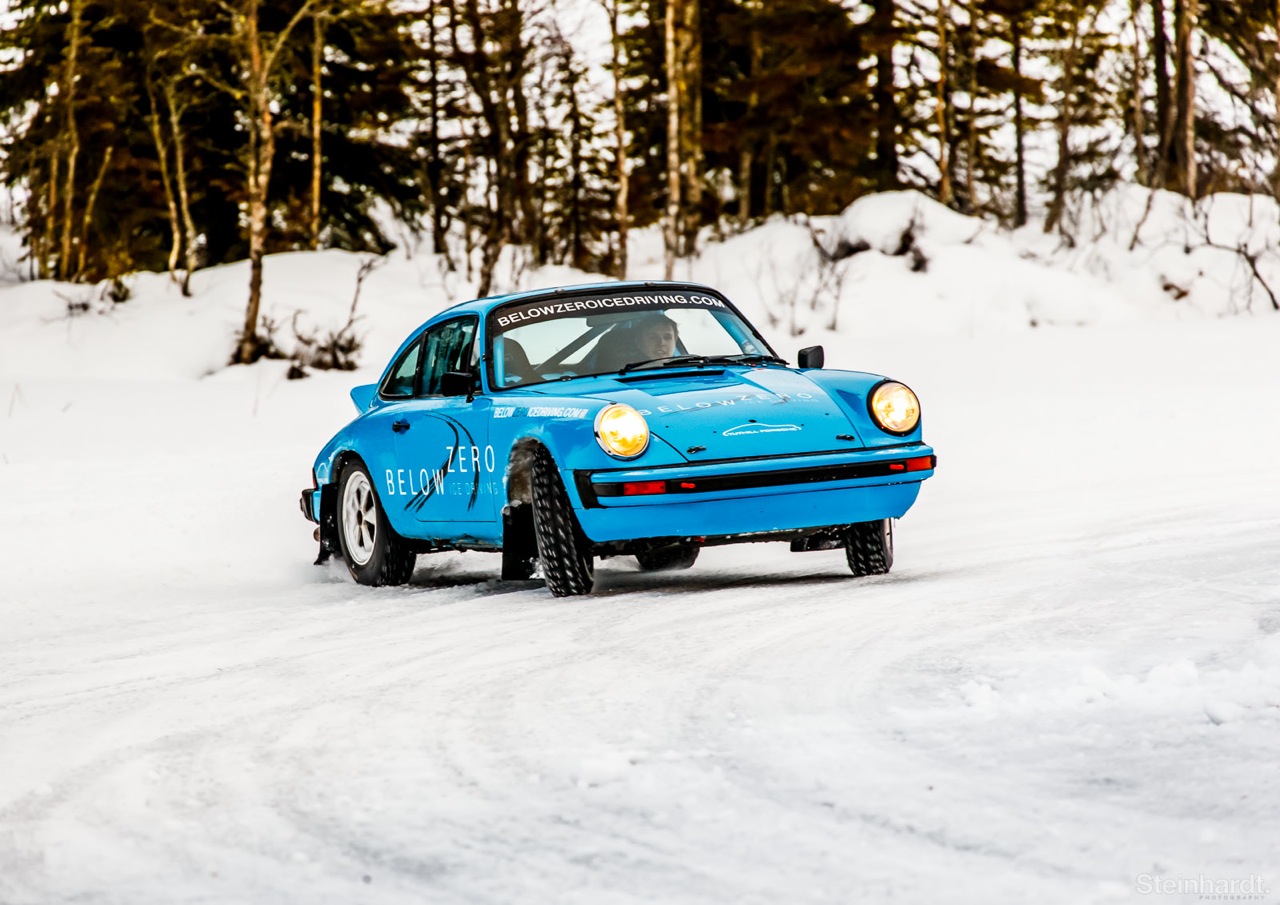 By Lee Sibley 3 years ago
By Lee Sibley 3 years agoTop 5 lightest factory Porsche 911s of all time
We all like a light Porsche 911, but which are the lightest factory models? Here's our 9WERKS guide to the five lightest production 911s – so light, in fact, they're each just three figures…
Made for just a single year, the 'B' Series 911S of 1969 was the first regular factory model not to tip the scales into four figures. Lithe and linear, this early car is the lightest regular model to drive off the production line.
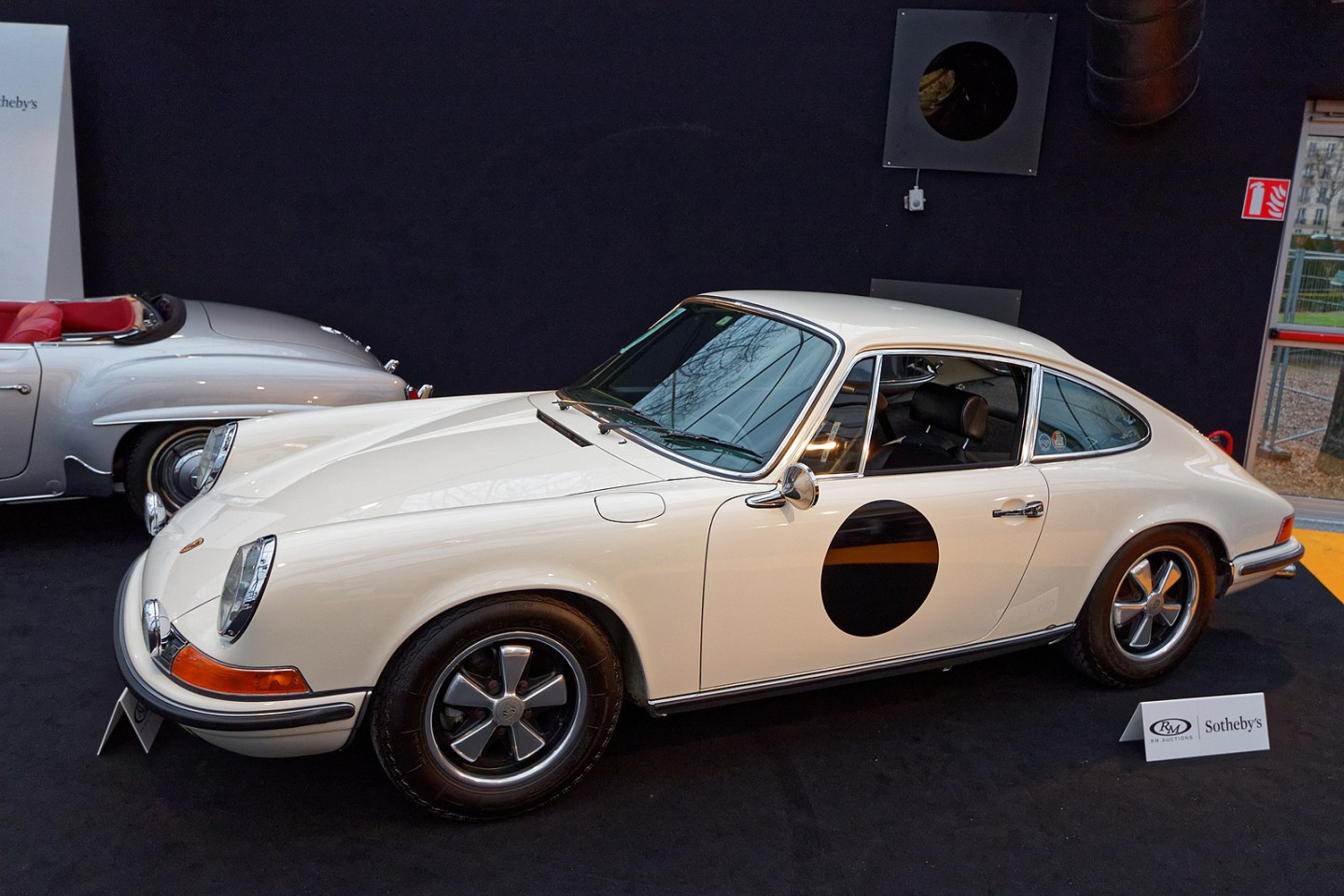
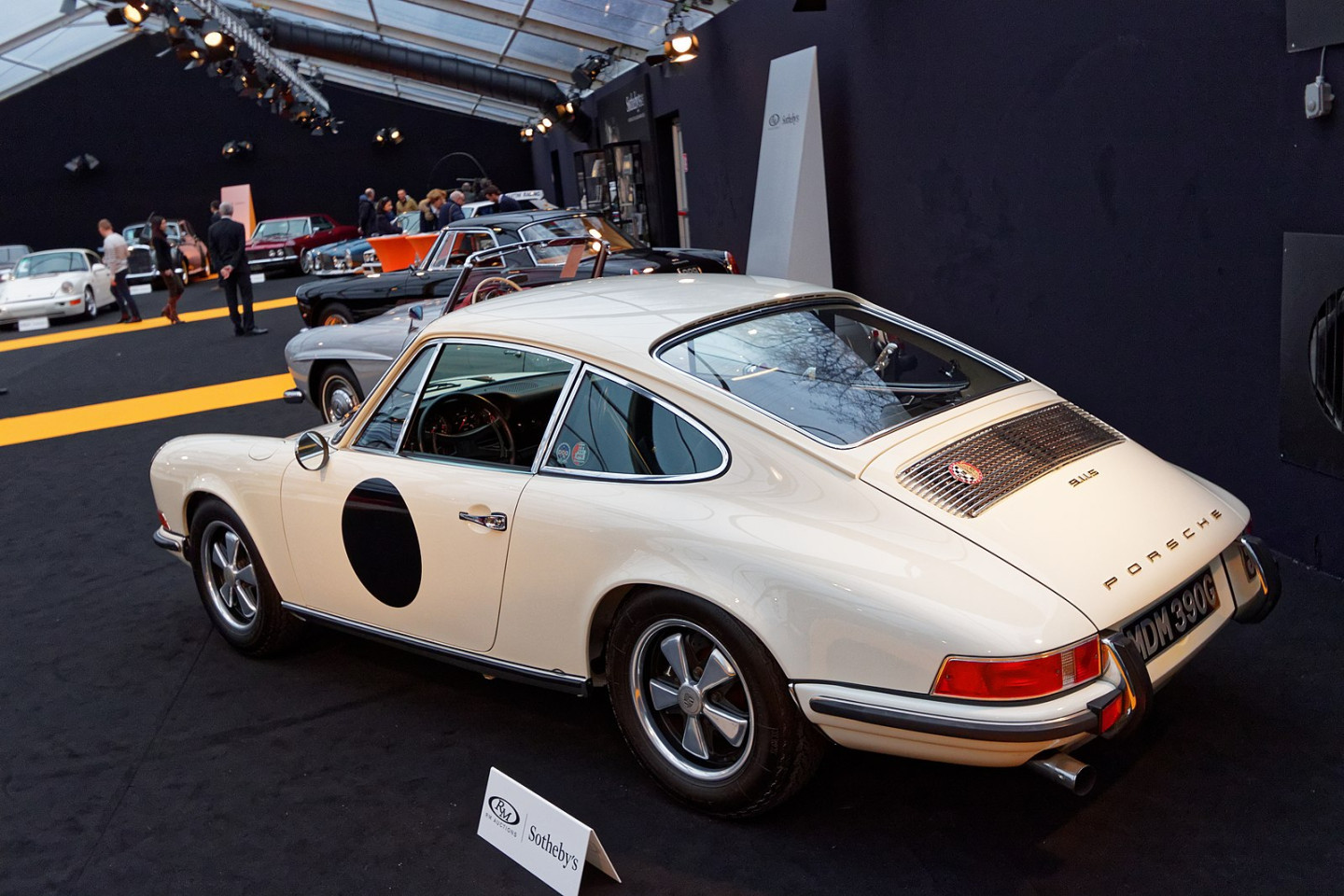
The 'B' series 911S increased engine capacity to 2.2-litres for 170bhp. Pictures courtesy: shorturl.at/fCHX7
The enduring favourite, the 1973 2.7 RS will probably always be the one every collector dreams about. Not all 2.7 RS models are equal: we're focussing on the factory code M471 Sport, otherwise known as Lightweight models, which shaved weight off anything surplus to the essential, paring the car down to 975kg.
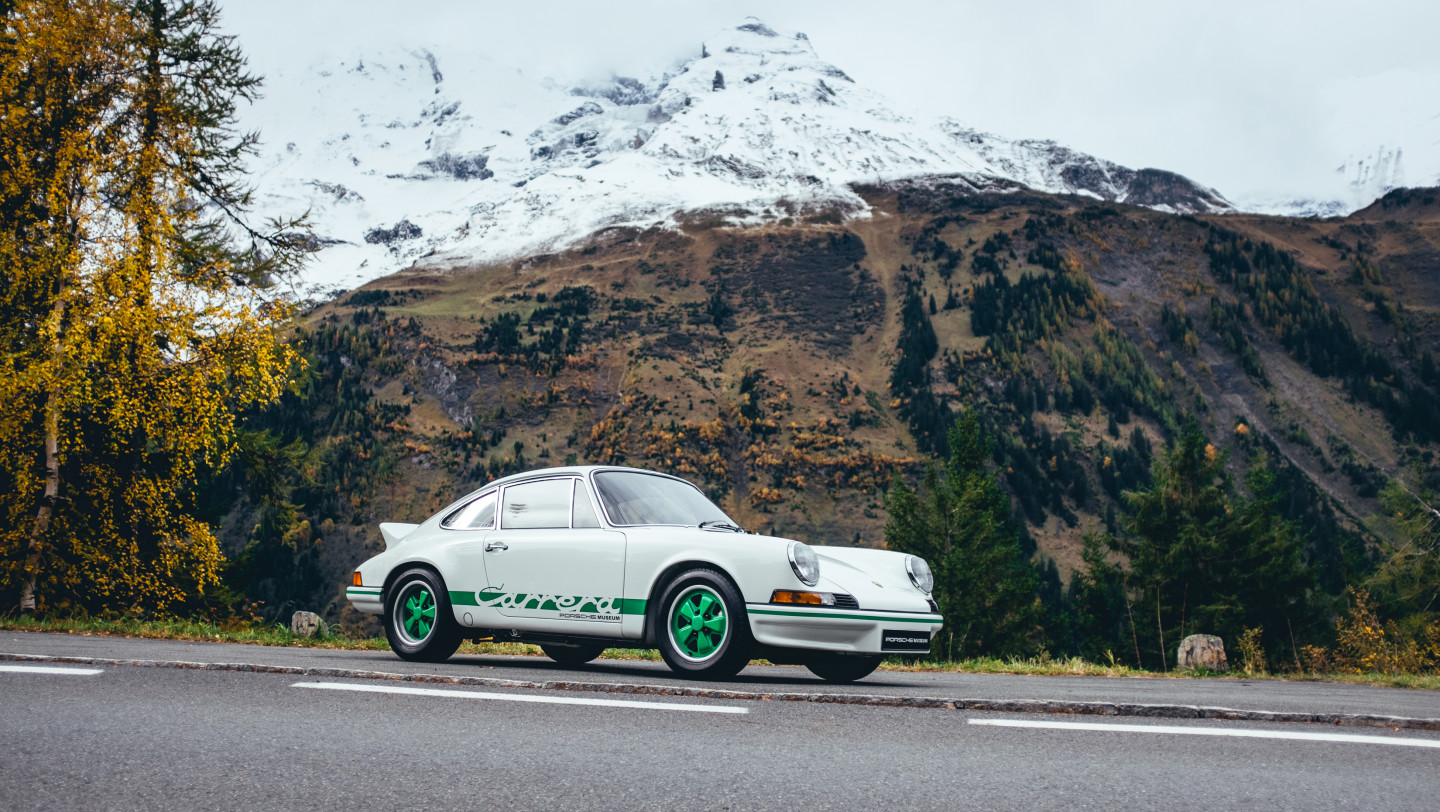
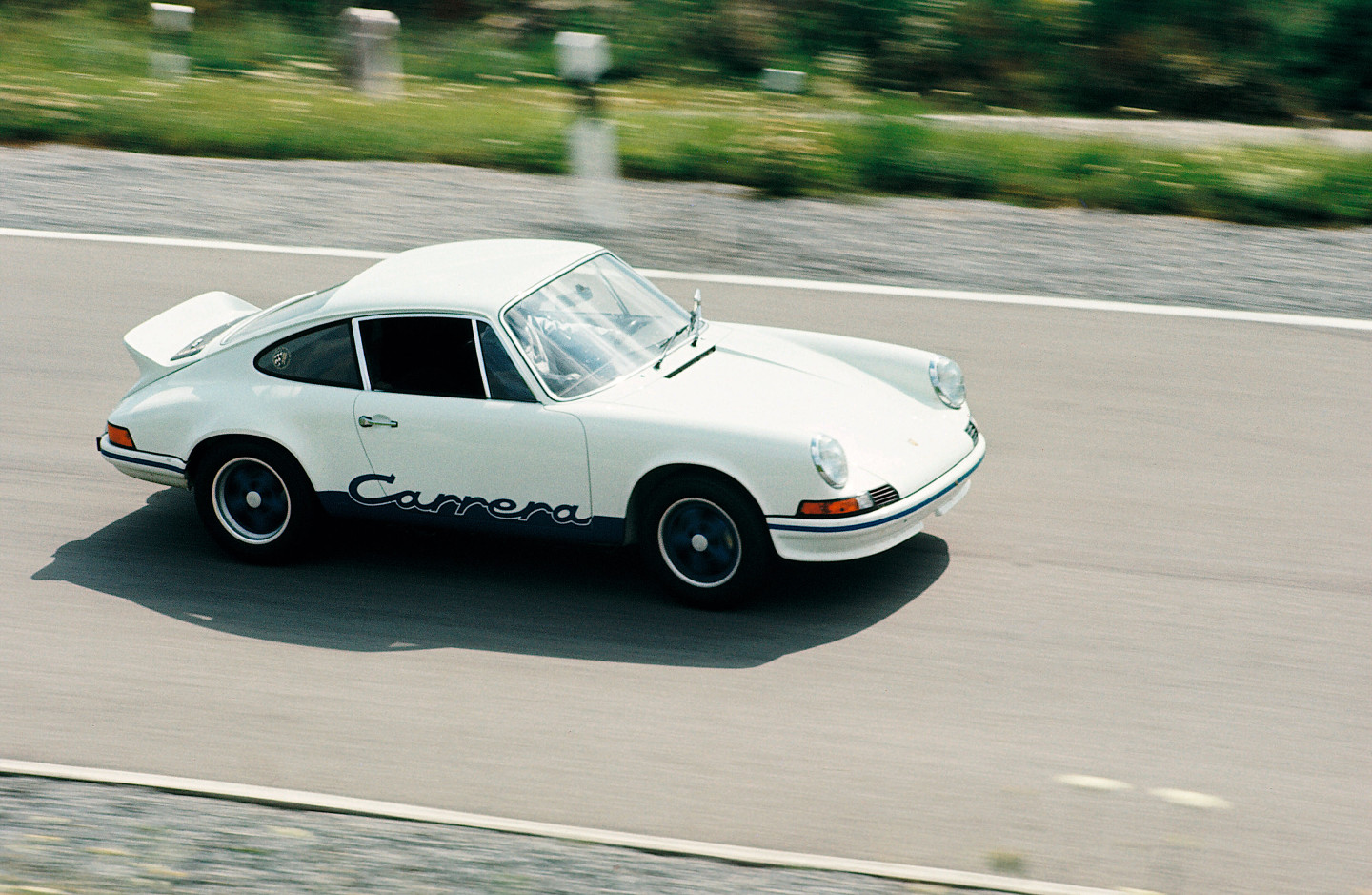
The 2.7RS Lightweight was 100kg lighter than its Touring sister, which had rubber bumper strips
Purpose-built by Weissach essentially so David Richards could go rallying before the 959 was ready, the SC RS is one of the sharpest tools Porsche have made. Twenty-one cars were produced, with five going to Richard's Prodrive company to race. A 255bhp 3.0-litre engine was used so it slotted in the Group B up to 3,000cc class – carrying a lower weight limit of 960kg. Simply, one of the most dynamic 911s of all time.
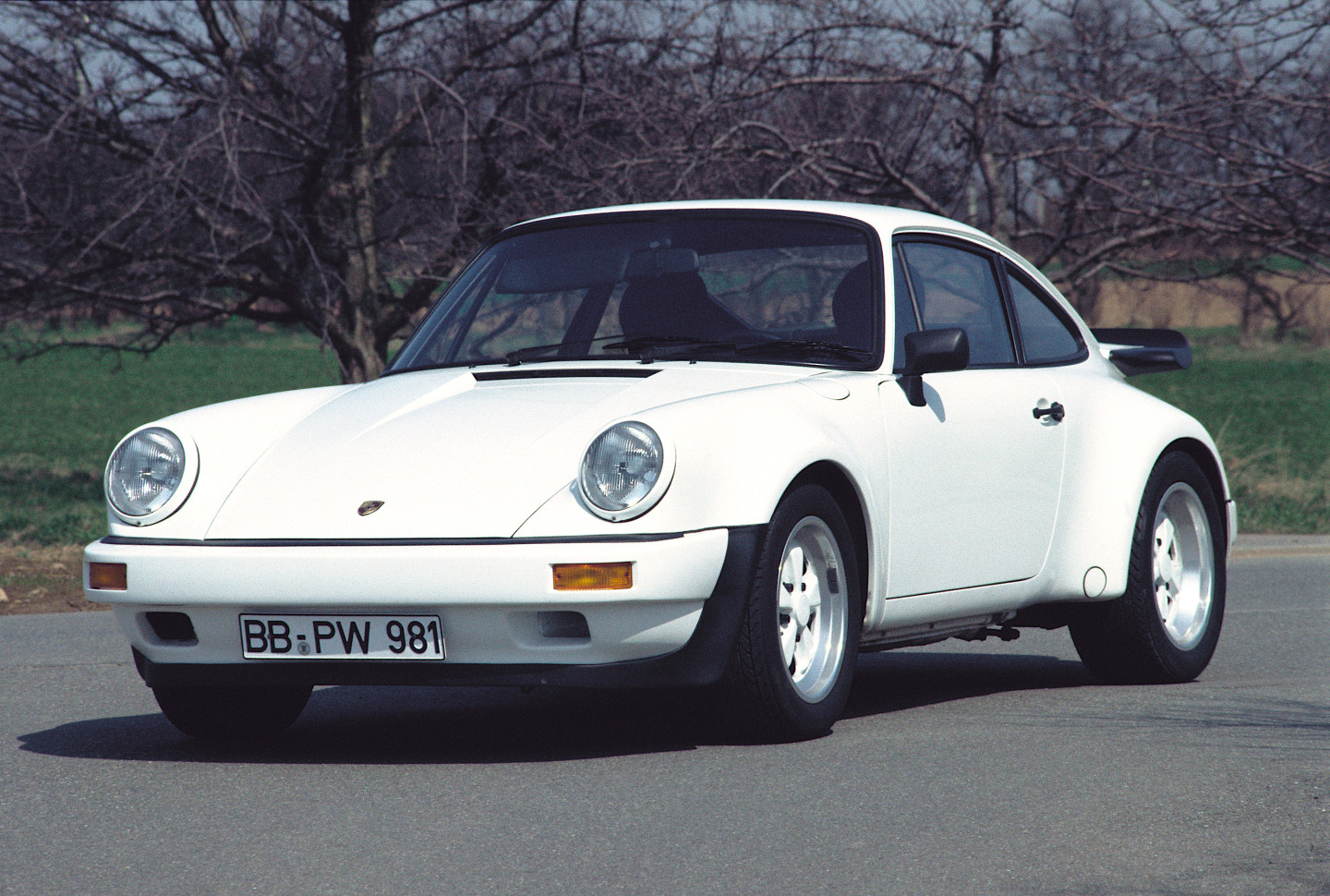
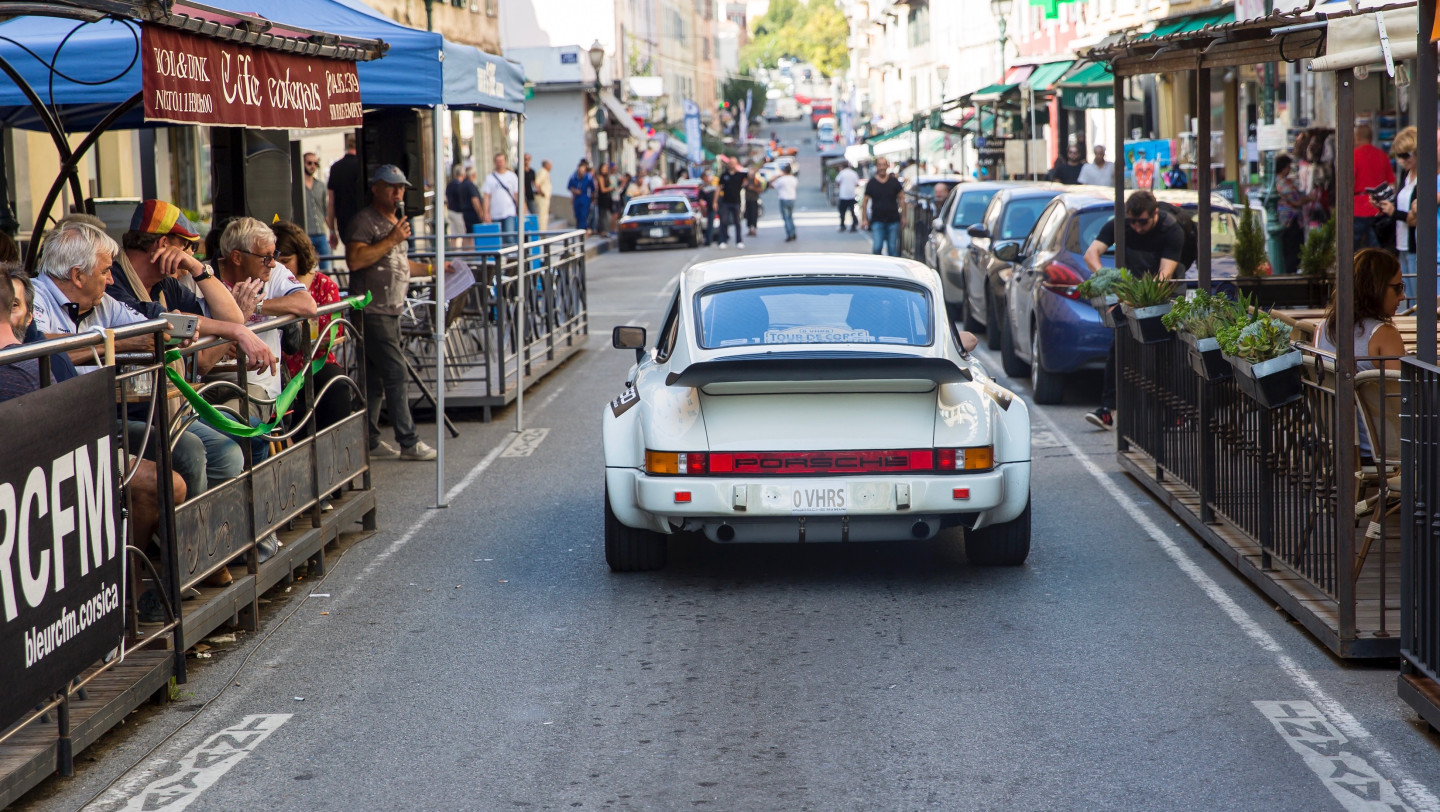
The SC RS was the first Porsche Rennsport 911 for a whole decade
Lighter, more powerful and rarer than a 2.7 RS, the Porsche 911 3.0 Carrera RS is often quoted as being the better driver's car. Just 109 cars were built to homologate the 3.0 RSR, with 54 going on to be 3.0 RSRs. Brakes from a 917 were hidden by wider Fuchs, housed in hand-fettled wider arches, plus a 'whale tail' spoiler. The 2.7 Rennsport gets the attention, but the 230bhp, 900kg 3.0 is the more special of the two RS icons.
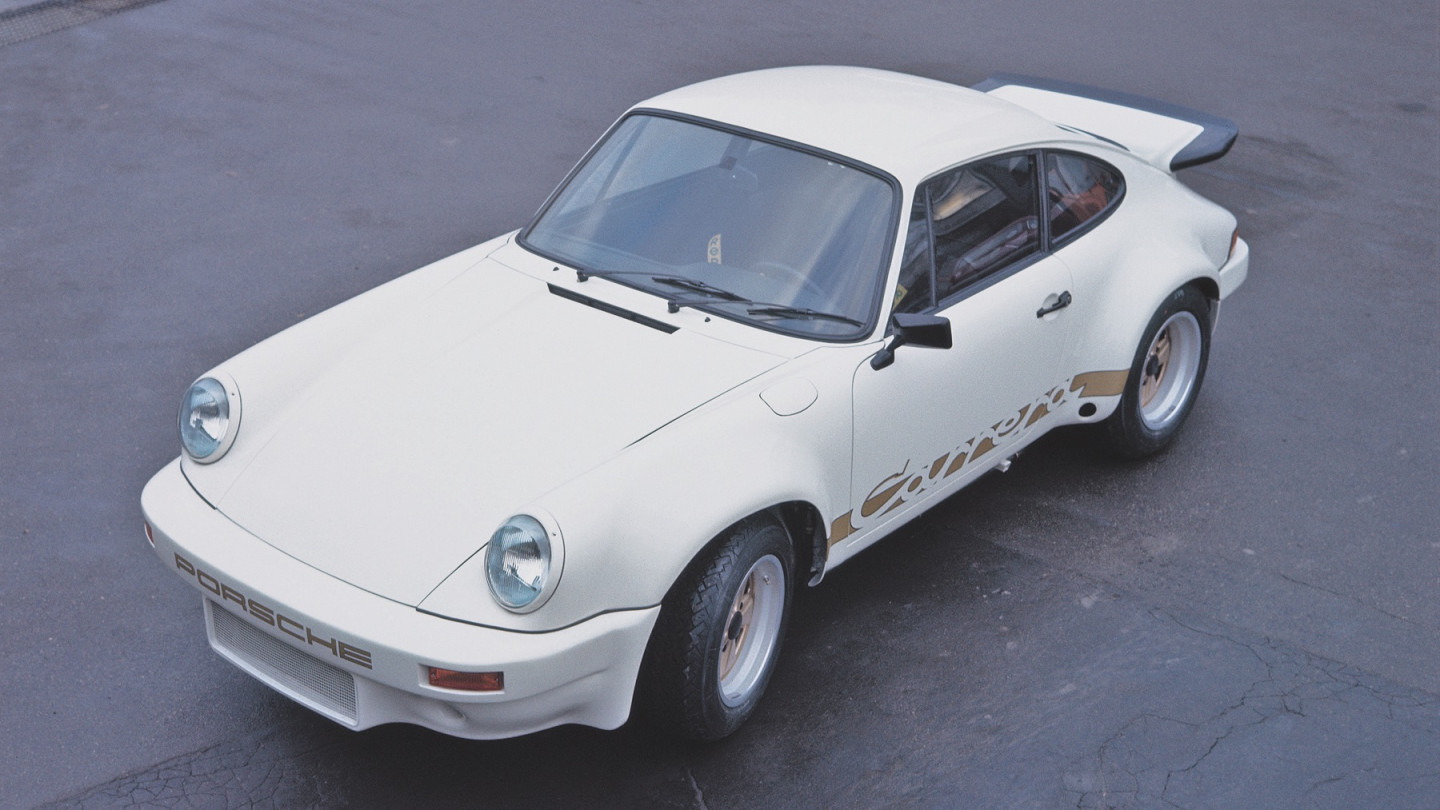
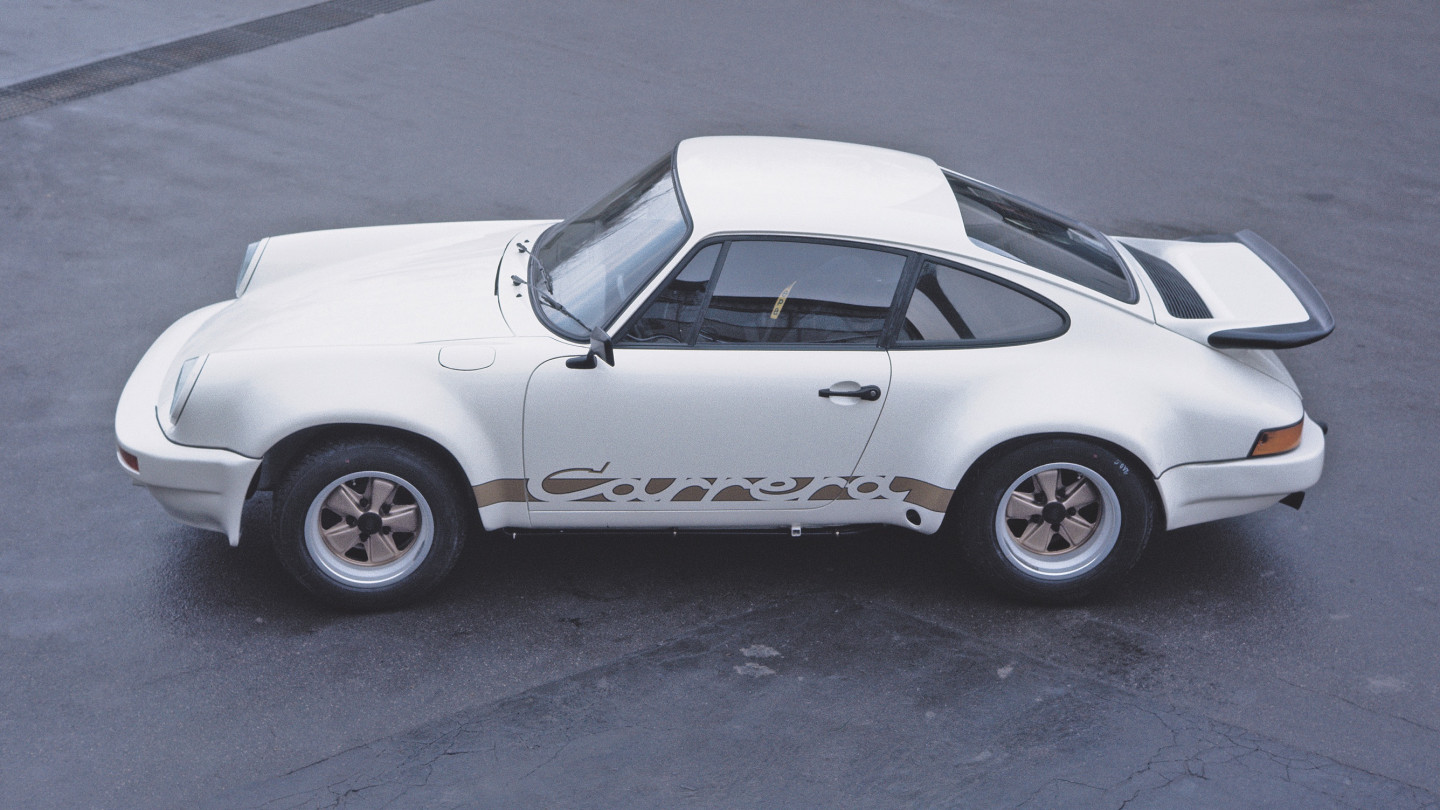
Released only one year after the 2.7RS, the 3.0RS is a huge step on over its predecessor
Motorsport's head of R&D, Ferdinand Piëch, spearheaded a project for a light 911, which arguably created the paragon of the model to date. Anything that could be removed, or made lighter, was done so, via material choices or simple deletion. The 1967 911R featured a fibreglass bonnet, bumpers and doors, perspex windows – plus a magnesium 901/22 racing engine from the 906. The R stood for racing, and this is the car that started that game for Porsche, with just 20 being produced.
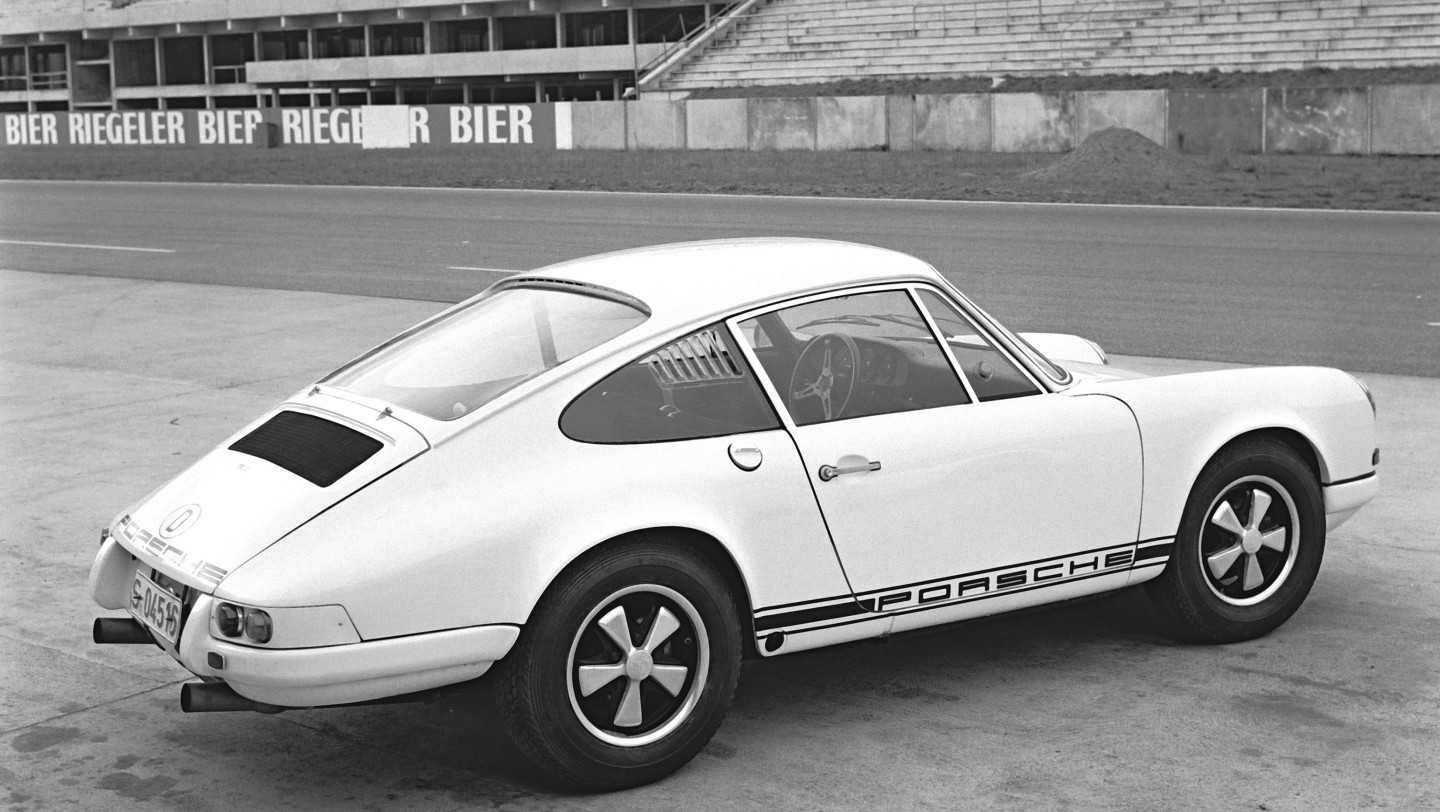
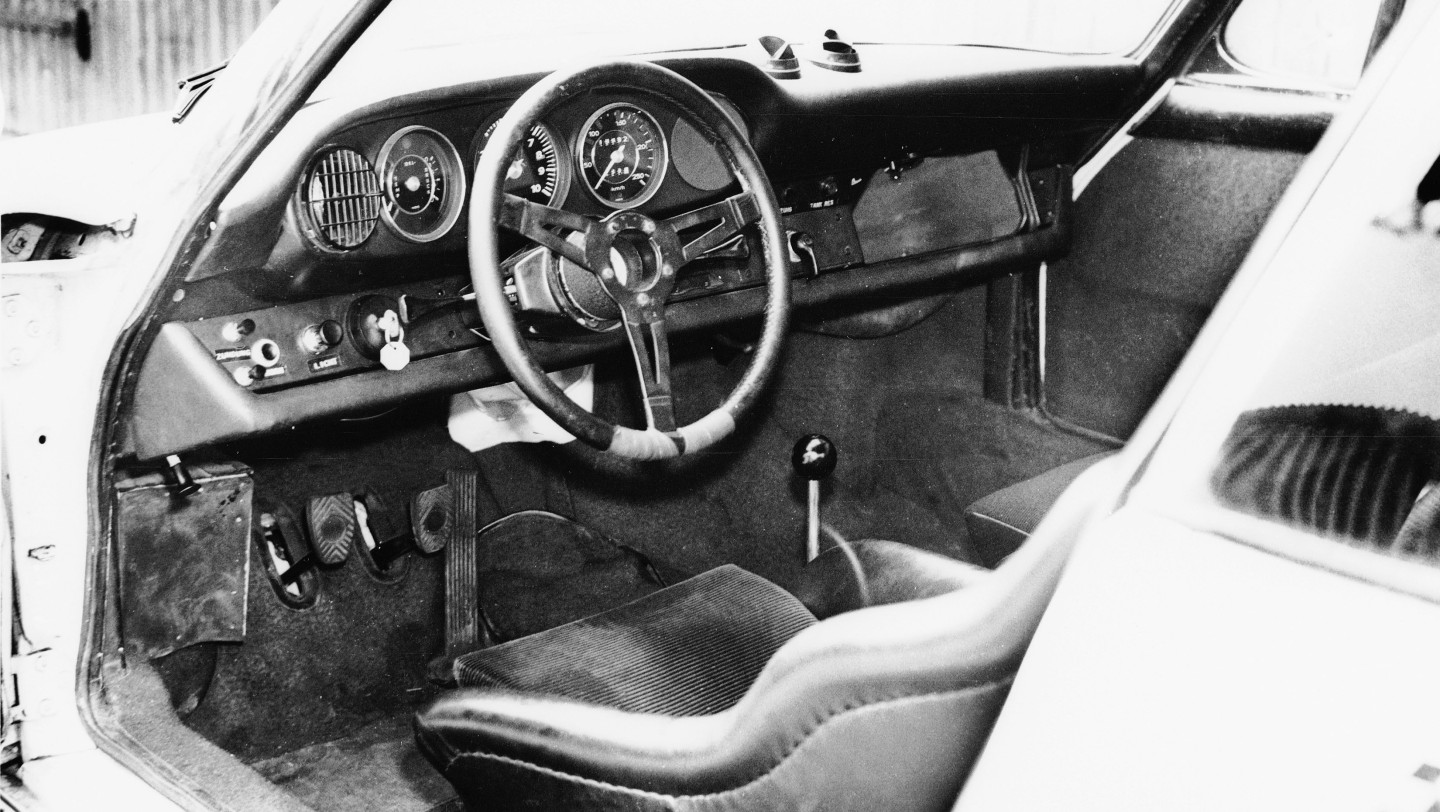
The lightest 911 of all time, the 911R also broke five long distance records at Monza in 1967
More multi-media Porsche Editorial
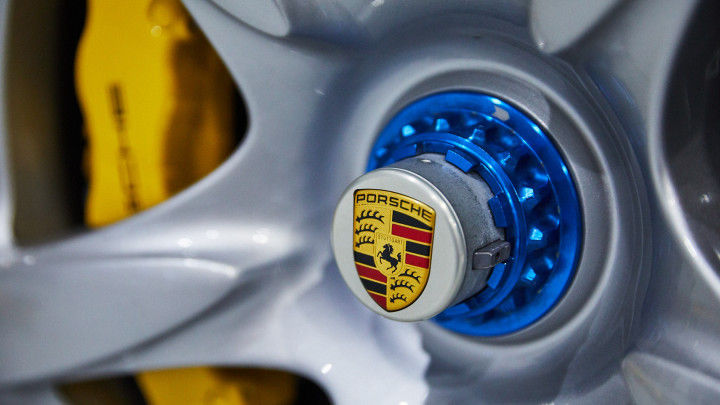
3 years ago
5 top tips for financing your Porsche in 2022
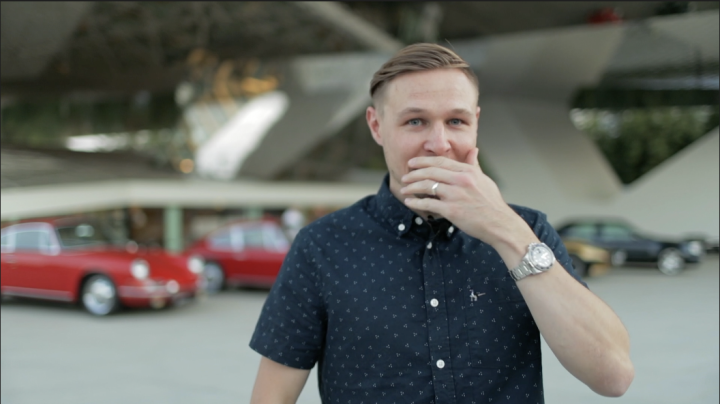
3 years ago
9WERKS TV: 2021 bloopers & outtakes!
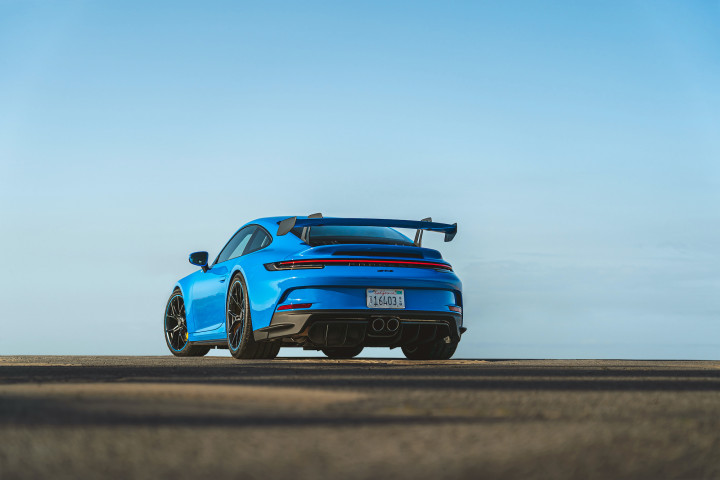
3 years ago
2021 Porsche year in review

3 years ago
How much to run a 996 for a year?
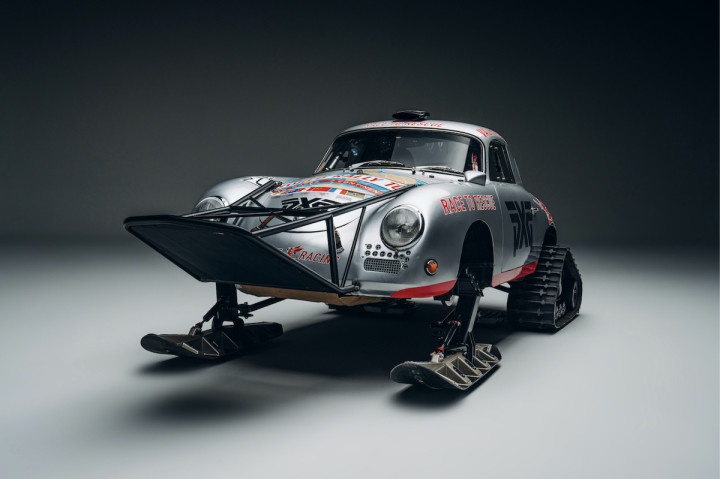
a year ago
Test Test
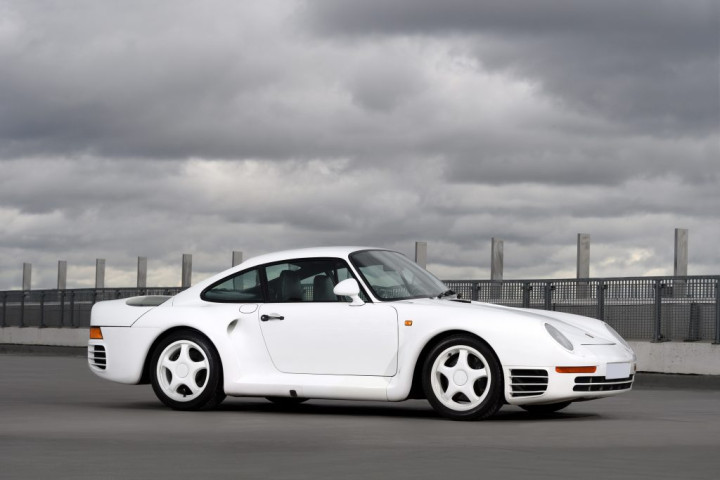
a year ago
ff
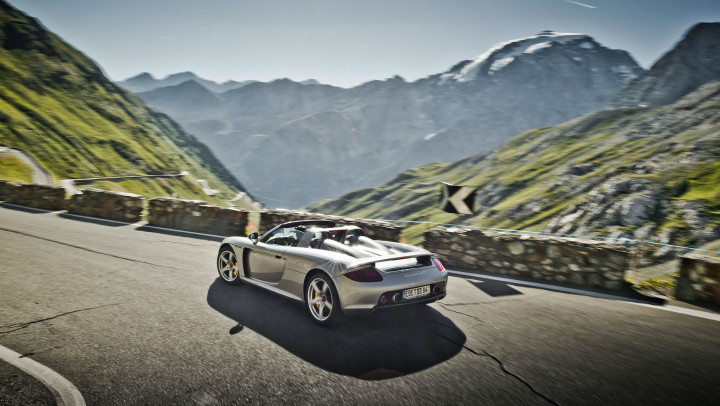
a year ago
Test 22

a year ago
My Article Title

a year ago
Test

3 years ago
Rothmans Porsche race car driven… on the public road!

3 years ago
The Polar Porsche & crazy Carrera GT prices
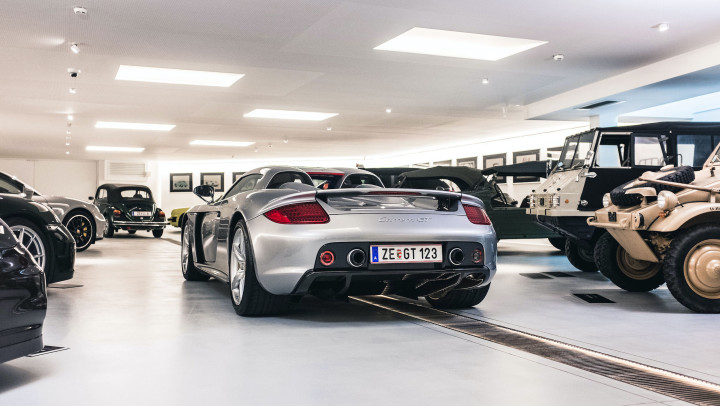
3 years ago
What's happening to Porsche Carrera GT prices?
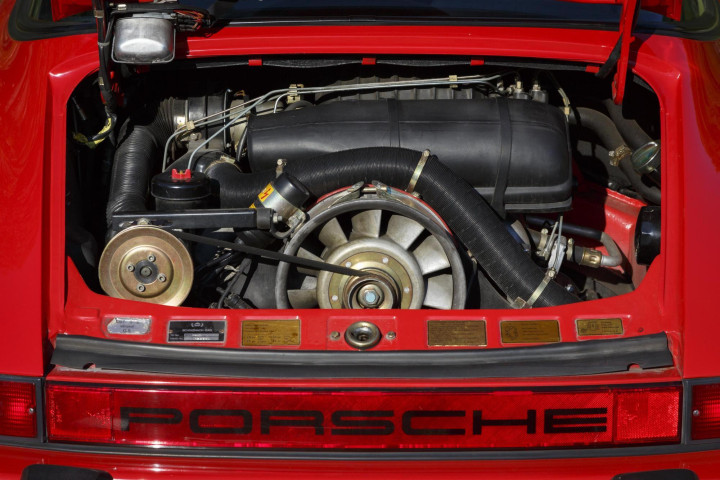
3 years ago
When should you rebuild an air-cooled engine?
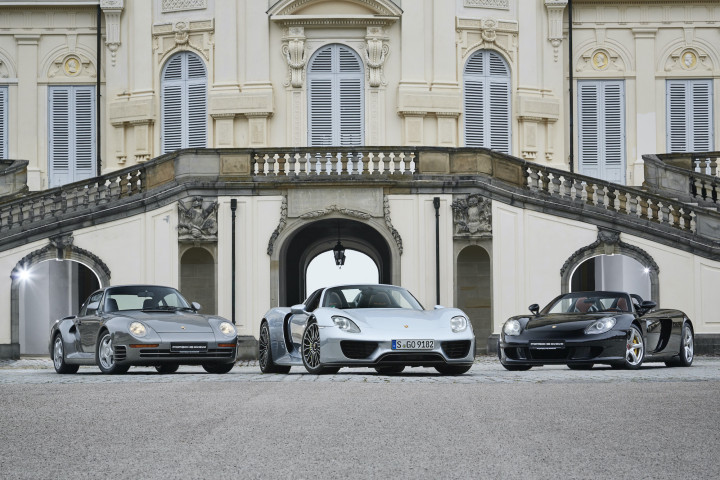
3 years ago
How and why Porsche dominated the car market in 2021
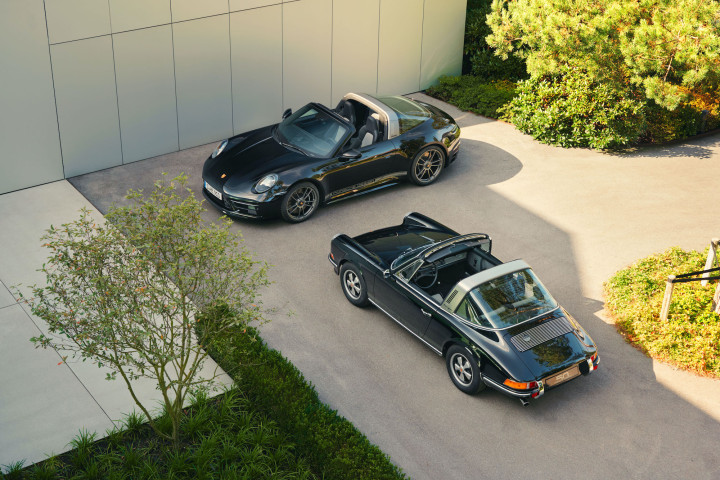
3 years ago
'Edition 50 Years Porsche Design 911' revealed
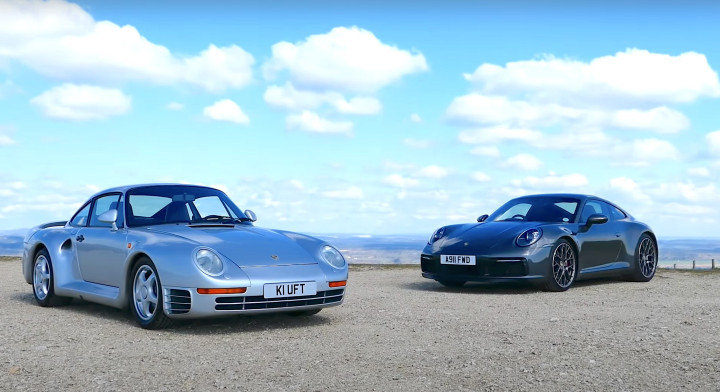
3 years ago
Porsche 959 v 992 Carrera 4S head-to-head

3 years ago
Warehouse tour of 25,000 new Porsche parts!
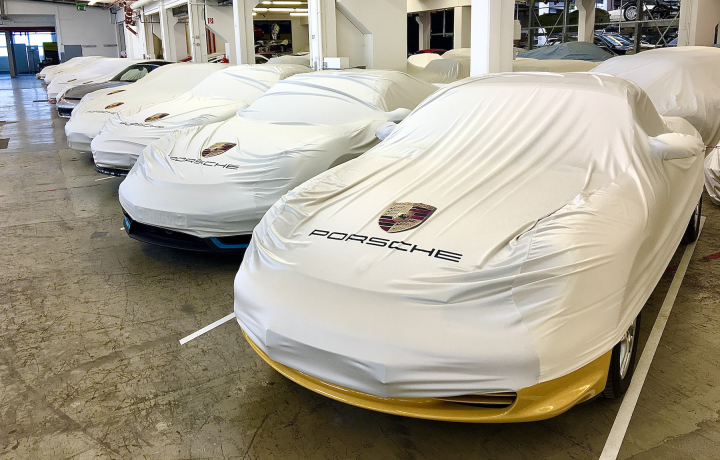
3 years ago
Cars to watch in 2022: the experts' choice

3 years ago
5 top tips for financing your Porsche in 2022

3 years ago
9WERKS TV: 2021 bloopers & outtakes!

3 years ago
2021 Porsche year in review

3 years ago
How much to run a 996 for a year?

a year ago
Test Test

a year ago
ff

a year ago
Test 22

a year ago
My Article Title
